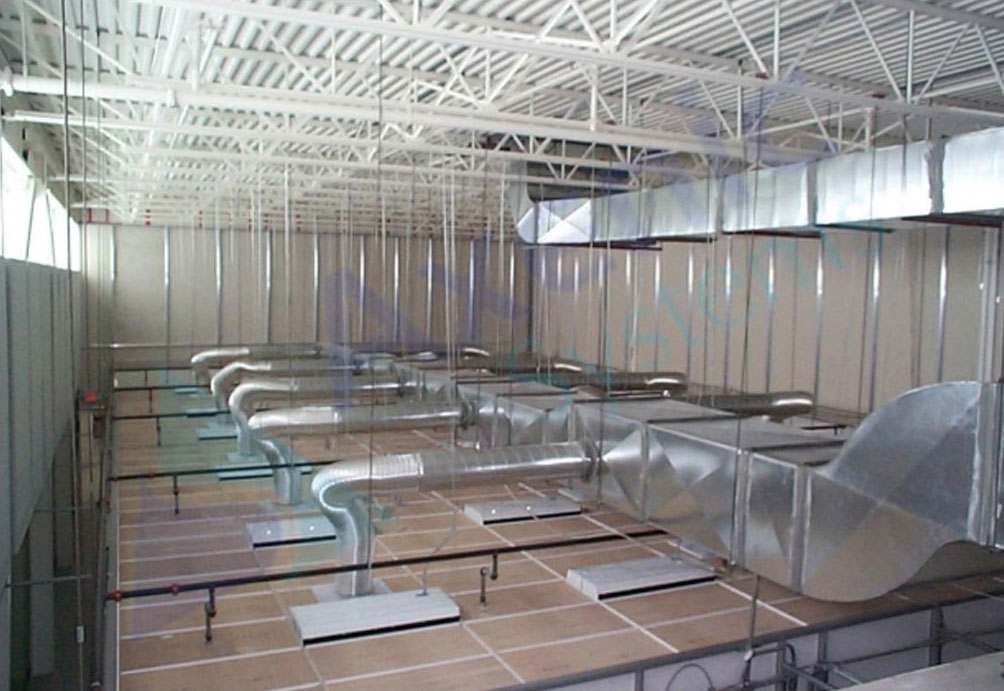Axenic System is one of the leading company engaged in architectural
designing, planning, installation, commissioning of HVAC and Turnkey
construction for cleanroom projects
Clean Room Airflow Systems
Table of Contents

Introduction to Clean room airflow systems
AXENIC SYSTEMS (established in 1995) handle Clean room airflow systems well to provide extensive requirements for different organizations. We provide Clean room airflow systems to ensure the air flow in the cleanroom is appropriate according to the requirements.
Cleanrooms are classified depending on how clean the air is in the facility. The most important characteristic associated with cleanrooms is stringent airflow control. One of the things that keeps a cleanroom particle-free is the air filter system. Cleanrooms employ various types of filters, including ULPA and HEPA filters, but two standard airflow patterns (Laminar or Unidirectional Flow and Non-unidirectional or Turbulent Flow) are constantly used.
Airflow Principles In Cleanrooms
Uncontaminated air is preserved in cleanrooms through the use of HEPA or ULPA filters which accept the turbulent or laminar airflow principles. In laminar (unidirectional) airflow systems, filtered air is directed down from the ceiling in the form of layers. These layers of air hit the floor and are absorbed by the floor level grilles where they are disinfected.
Turbulent (non-unidirectional) airflow systems keep air in motion, however not in the same direction, by using both nonspecific velocity filters and laminar airflow hoods.
A standard cleanroom design covers the entire air distribution system. This contains provisions for appropriate downstream air returns, and this means employing low wall air returns for vertical rooms in the boundary of the zone. In horizontal flow systems, however, the downstream perimeter of the airflow procedure requires the use of air returns. Using ceiling-mounted air returns contradict a standard cleanroom design.
Search For Tags:- laminar air flow uses
